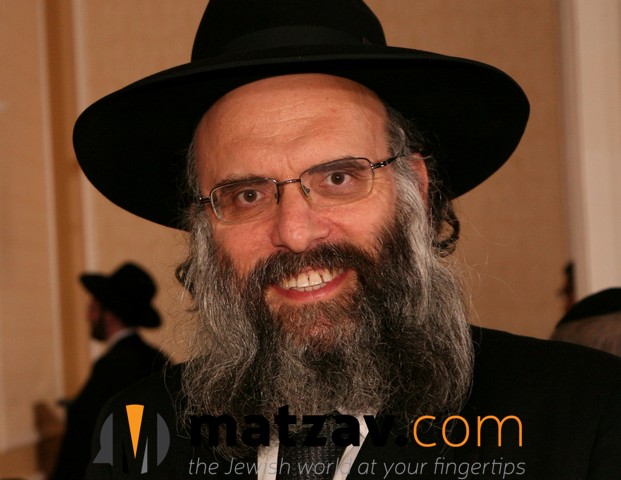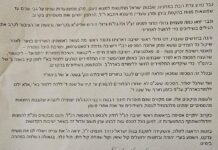
(From Reb Binyamin Blau)
~
וידר יעקב נדר כח:כ From the fact that Yaakov avinu made a neder, Chazal derive the concept of “nodrin b’eis tzarah”, that one can make a neder at a time of tribulation. The Torah Temimah points out that what this means is that even though the halachah, is in general, that one must refrain from making nedarim, an eis tzarah is an exception to this rule. And, highlights the Torah Temimah further, not only is one allowed to make a neder in a time of tribulation, Tosafos even says that it is in fact a mitzvah to make a neder at a time of tribulation. The reason for this is that when a tzarah comes upon a person, it demands that a person make a tikun (rectification), as Chazal tell us, “if tzaros come upon a person, he is obligated to examine his deeds”. If it is possible for one to immediately carry out whatever it is that he deems requiring rectification, then of course that is what he should do. However, it is not always feasible to carry out the tikun right away. But something has to be done in order to put a stop to the tzarah! Therefore, in such a situation, one makes a neder. The very act of making a neder, and now being bound by it, arouses a person to do teshuvah and improve his behaviors. (From Rebbetzin Twersky)
~
עשר אעשרנו לך כח:כב There is a machlokes ha’poskim whether maaser kesafim (giving a tenth or fifth of one’s earnings to tzedakah) is a full-fledged obligation or a minhag. Either way, maaser kesafim plays a very important role in Klal Yisrael. With any money that one earns, the poor are remembered. (From Rebbetzin Twersky)
~
והנה באר בשדה כט:ב The Ramban says that this well is an allusion to the Beis Ha’Mikdash and the three flocks of sheep are an allusion to the shloshah regalim. When the shepherds needed to give water to their flocks, they would roll the stone off, and, then, when they were done, they would put the stone back in its place. This, elaborates the Ramban, is an allusion to the ruach ha’kodesh that Klal Yisrael would draw from going up to the Beis Ha’Mikdash for each Yomtov, and, then, when Yomtov would conclude, Klal Yisrael would roll the stone back on to the well, as it were, for the next time they would come. We see from here that even in the time of the Beis Ha’Mikdash, Klal Yisrael was not in a constant state of ruach ha’kodesh. Rather, it is something that the nation as a whole experienced only during the shloshah regalim. And when the regel was over, the ruach ha’kodesh would leave them. Yaakov was 63 years old when he ran away because of Eisav. He stayed in the Yeshiva of Sheim & Eiver for 14 years. Upon reaching Charan, then, he was 77 years old. And still single. Hashem gave him this experience at the well in order to allude to him that, despite his interim singlehood and his advanced age, he would yet have children who would eventually develop into a Klal Yisrael that will be oleh regel three times a year to the Beis Ha’Mikdash and draw from there ruach ha’kodesh. (From Rebbetzin Twersky)
~
Quotables “The heart of a Yid is a Kodesh Kadashim”
~
Vignettes To fulfill the mitzvah of lighting Chanukah neiros in accordance with as many opinions as possible, my husband would light in a number of places. By the last day of Chanukah, that meant quite a few glass cups that need to be thoroughly scrubbed and washed. “Leave them for the cleaning lady,” I would tell him. But he wouldn’t hear of it. “These are heilegeh glezelach!” he would say, and he insisted on washing all of the glass cups himself. (Rebbetzin Twersky) In addition to showing respect for the glass cups that were used for the mitzvah, my father also considered the washing of the glass cups at the end of Chanukah to be an important part of preparing for the next Chanukah. (Reb Refael Twersky)











